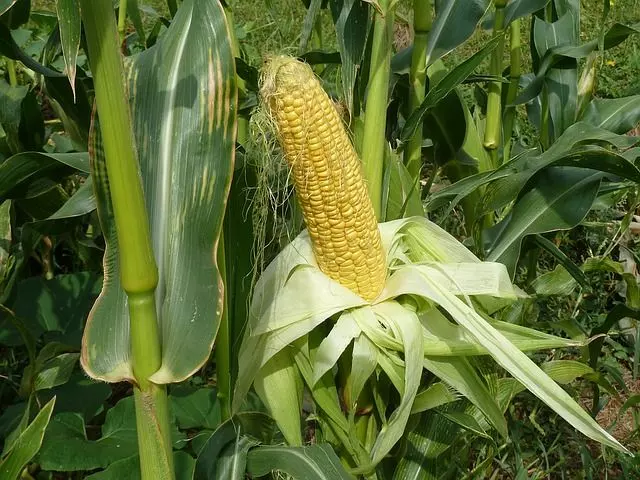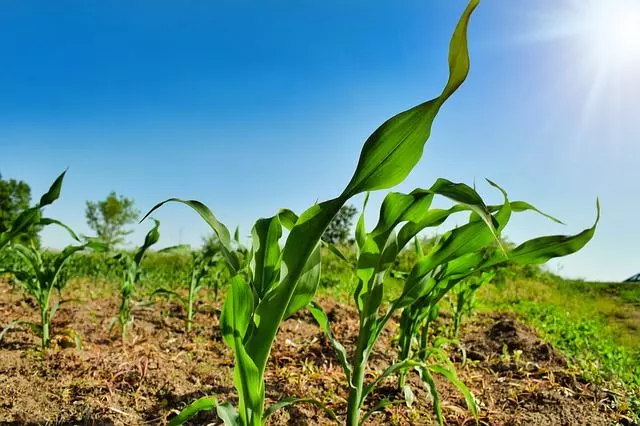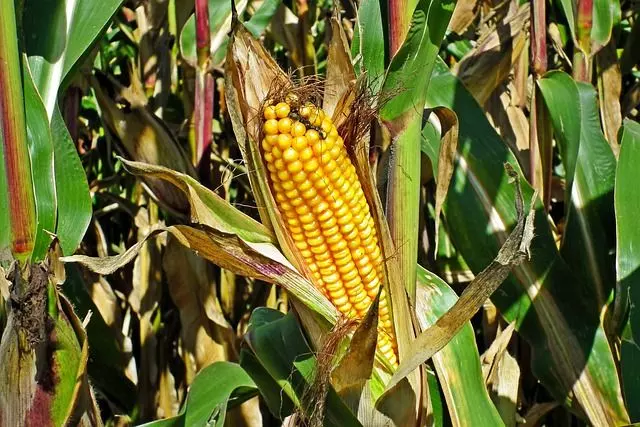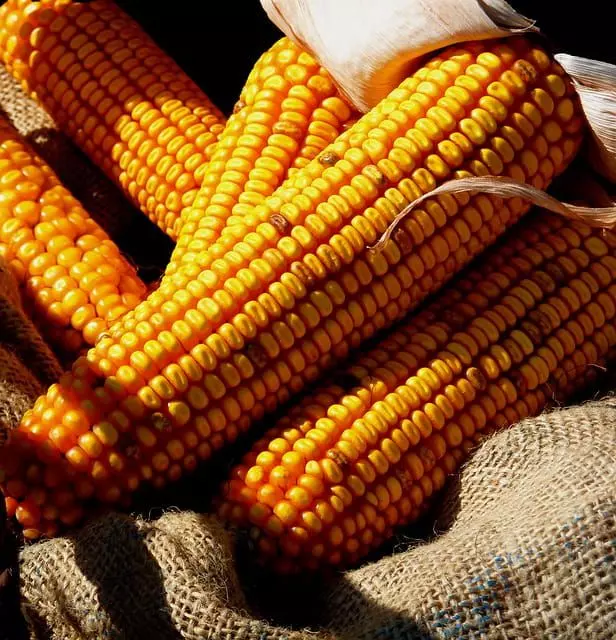This article will talk about how to grow corn, being a plant that must be cultivated differently than the wild plant from which it originated. Currently, different hybrid crops can reach from 27” to 98” in height, their life cycle is from 3 to 10 months, and have the right grains to meet different specific purposes, such as the production of flour or popcorn, or to be used as green corn, that is when its grain is still well hydrated.
Table of Contents
Basic Facts About How to Grow Corn
Corn Sowing Season
The best time to plant corn is different depending on the region, climate, and varieties, as these adapt to the temperature and humidity conditions that exist. However, the most ideal sowing season for corn is between 55.4°F to 60.8°F, since this plant does not tolerate low temperatures. On the other hand, due to corn pollination and reproduction, the climate should not be excessively hot and dry, as this may affect its production.
Another point to keep in mind about how to grow corn is that this plant requires a lot of suns, so it is advisable to plant whenever it is hot, without the need to protect it from the sun’s rays, because if the soil is excessively wet the crop rots. This is why we must let it get plenty of suns, constantly, for its growth and development. So now you know an important step on how to plant corn is that it requires direct sunlight for at least one hour a day.

Soil Preparation for Corn
The soil is also important when we talk about how to grow corn, being necessary that it is fertilized, that is, it must contain organic and inorganic substances and be relatively humid. The soil must be well-drained, fertile and rich in organic matter, and good availability of nitrogen. The ideal soil pH is between 5.5 and 6.8.
Corn Watering
One step to keep in mind about growing corn is that it should be irrigated frequently, just enough to keep the soil moist, but not waterlogged. Corn has relatively shallow roots and can be very sensitive to a lack of water during growth. When the spikes are well developed, there is no longer a need for such continuous watering.
You could also install a sprinkler system in the soil to help make planting corn easier since watering from above removes a good deal of the pollen from the plant.
Corn Fertilization
When it comes to how to grow corn and its nutritional requirements, it could be said that it is a somewhat demanding plant since fertilizers are usually needed during its growth cycle. If the plants show young leaves that start to lose color, it is a clear sign that new fertilization is necessary.
Tips and Steps for How to Grow Corn
A tip on how to plant corn is that pollen is carried by the wind, which is why it is best to plant it in a group. This will help pollen germination.
Corn seeds are usually planted directly in the garden or plantation, but they can also be planted in seedlings and then repotted into the soil when root nodules are observed, or in cups made of newspaper, and then repotted when the seedlings are 3” to 4” long.
Plant spacing varies according to the crop and local growing conditions, but generally, a spacing of one meter between rows and 8” between plants can be used. For smaller crops, spacing can be 31” between rows and 8” between plants. For small-scale farming, the single spacing between plants can be used, which can be 12” between larger varieties of plants and 8” between smaller plants.
Another important factor to keep in mind about how to plant corn is that you should not plant two different varieties of corn to flower at the same time and in the same.
Unlike fruits, such as tomatoes, which always have similar phenotypic characteristics when grown, corn kernels have phenotypic characteristics that are determined by the fertilization that generates them, giving them different phenotypic characteristics from the mother plant. For this reason, it is possible to find spikelet kernels in corn with different colors in the same spikelet.
Weeding should be done carefully, as corn roots are shallow and can be easily damaged.

How to Grow Corn Seeds
Corn can be cultivated in large corn pots, being suitable for one of 20” in diameter, where up to three corn seeds can be sown, forming a triangle. In smaller-sized pots, only one or two corn seeds can be sown. It is important to have a total of at least four plants to promote good pollination and reproduction of corn, and the idea is to have at least 9 plants.
It is recommended to keep in mind that a tip on how to plant corn at home is to keep the corn plants forming a square, this is because it is not pollinated by wind or insects, therefore having them in a compact form increases the probability of achieving good pollination and reproduction of corn, while linearly it can be dispersed.

How Long Does It Take for Corn to Grow
Corn is harvested after 80 days after sowing, when the bristles of the ears begin to brown, three weeks after the average pollination.
Kernels should be well developed, but always tender. To know if they are ripe, we take some from an ear and taste them, we can also crush them between our fingers, they should be slightly milky.
If harvested too late, the sugar turns to starch and the skin hardens.


